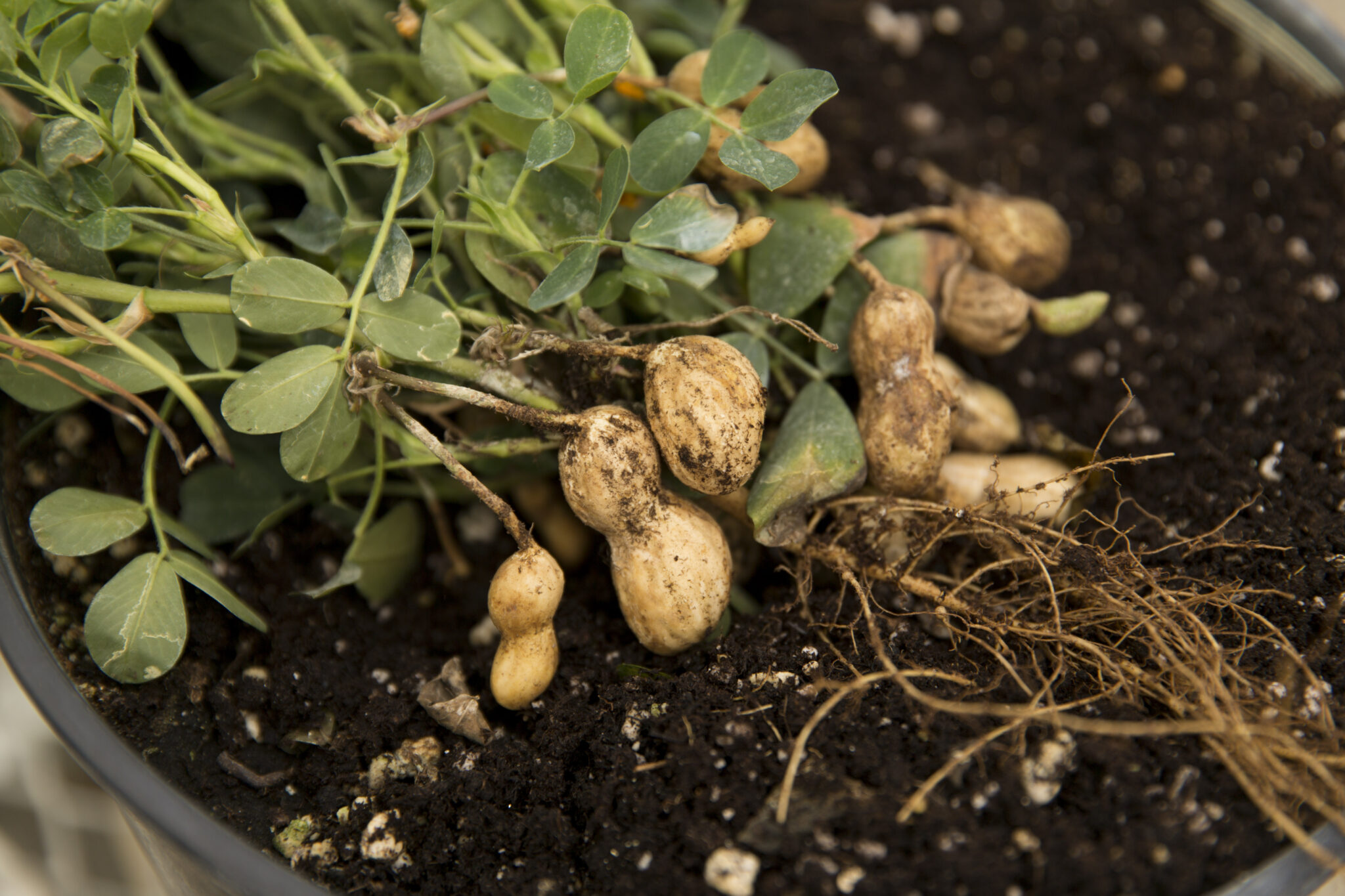As day turns into night, trees change. They don't sleep, but are occupied by other tasks awaiting the dawn.
In the dark, trees don't catch our attention. Because we depend so much on sight, the night steals away our primary sense, and we feel uncomfortable. Our other long-distance sense seems to explode with sound.
The insects' clicks, frogs' croaks and the calls of birds and humans' pets all generate a calliope of noise we associate with the night.
The rustle of breeze-blown leaves and squeak of rubbing branches can barely be heard above the din of the animals.
But the silence of the trees doesn't denote a lack of activity. Trees are performing four major tasks at night: refilling with water; moving and using daytime-made food; shoring up cell walls and damage-boundary zones; and growing roots.
During the day, roots can't take up water fast enough to meet the needs and losses the leaves generate. The tree develops a water deficit during a hot, sunny day.
By the end of the day, the leaf machinery closes down with a water shortage still present. Over the nighttime hours, a tree keeps drawing up water to reduce this deficit.
Feeding the leaves and roots is critical to tree health. When the leaves stop making food as day ebbs, they start to demand food to keep them alive through the night.
Carbon chains assembled within the leaf by photosynthesis during the day have been stored close at hand for the night. The rest of the food has been shipped downward to the stem and roots. The major internal highways in trees are busy shipping large amounts of growth materials and food throughout the tree.
The third major process trees do at night is sealing off cell- wall components welded together during the day.
This epoxy-like coating, called lignin, holds in position the strong, fibrous cellulose made during the daytime. The tree also prepares and deposits defensive materials around wound sites and infections.
Trees' final major nighttime job is propelling roots through the soil.
Root growth is vital for gathering and controlling resources. Colonizing new soil areas which have plenty of available resources for growth will assure the tree's survival.
Trees use water pressure to expand cells near the root tips. The growing walls are surrounded by strong fibers that only allow the cells to expand in one direction -- forward.
Creatures of both day and night, trees are the elevated stage and overhanging platform on which night life is played out. They're staging areas for new pest conquests and damage recovery zones. From the moment dew is pulled from the air onto leaves until the new sun dries the leaves, fungi seek openings and attack.
The nighttime smells of the forest are unmistakable. Breezes too faint to feel carry the wisp of pine, soil molds and damp wood. The smell of "green" from the darkened garden, orchard and forest can be as mentally soothing as the daytime sight of the woods.
The next time you follow the march of a tree's moon shadow across your yard, think of the night trees. Help your trees and forests to be healthy, both night and day.






